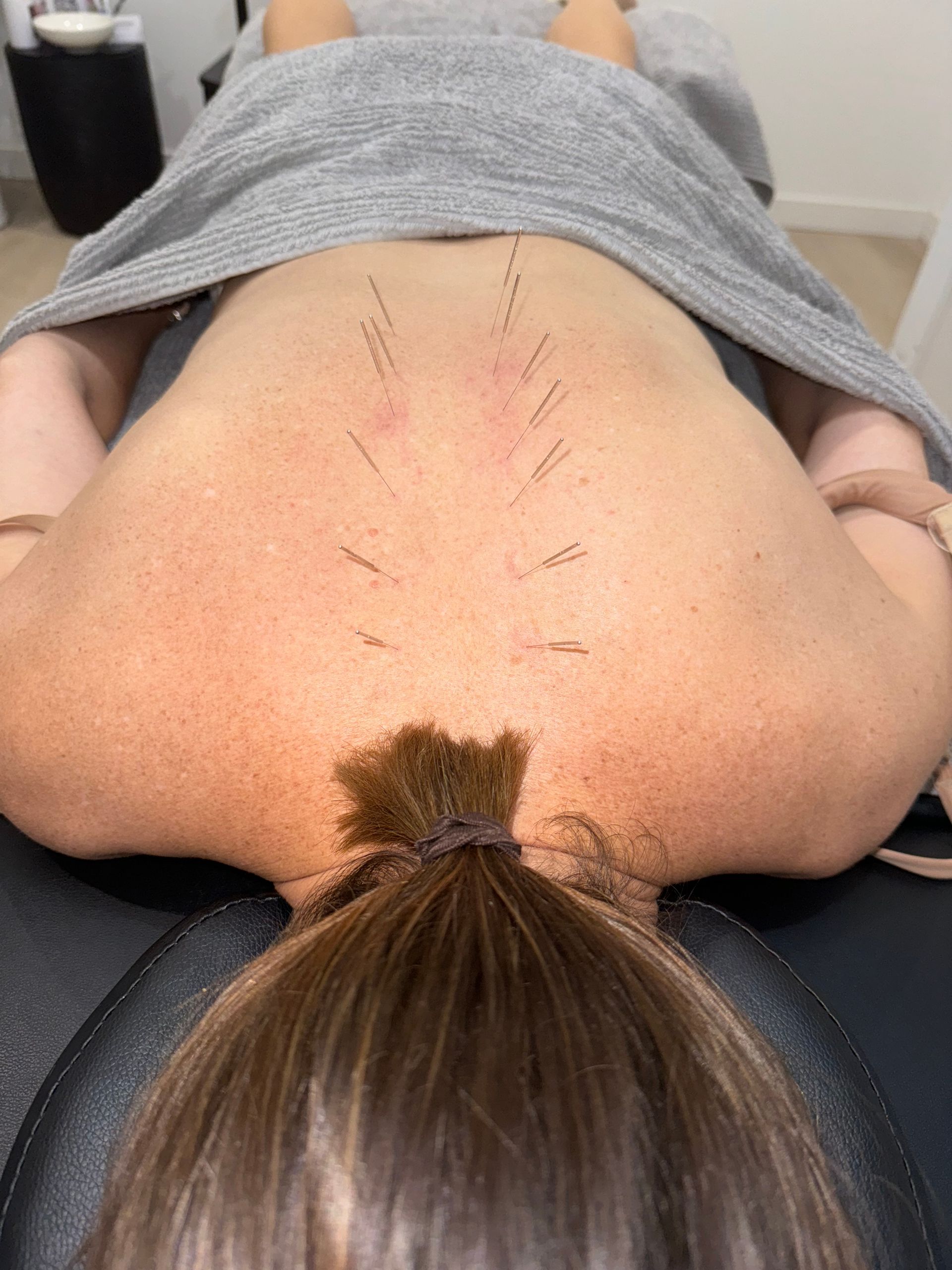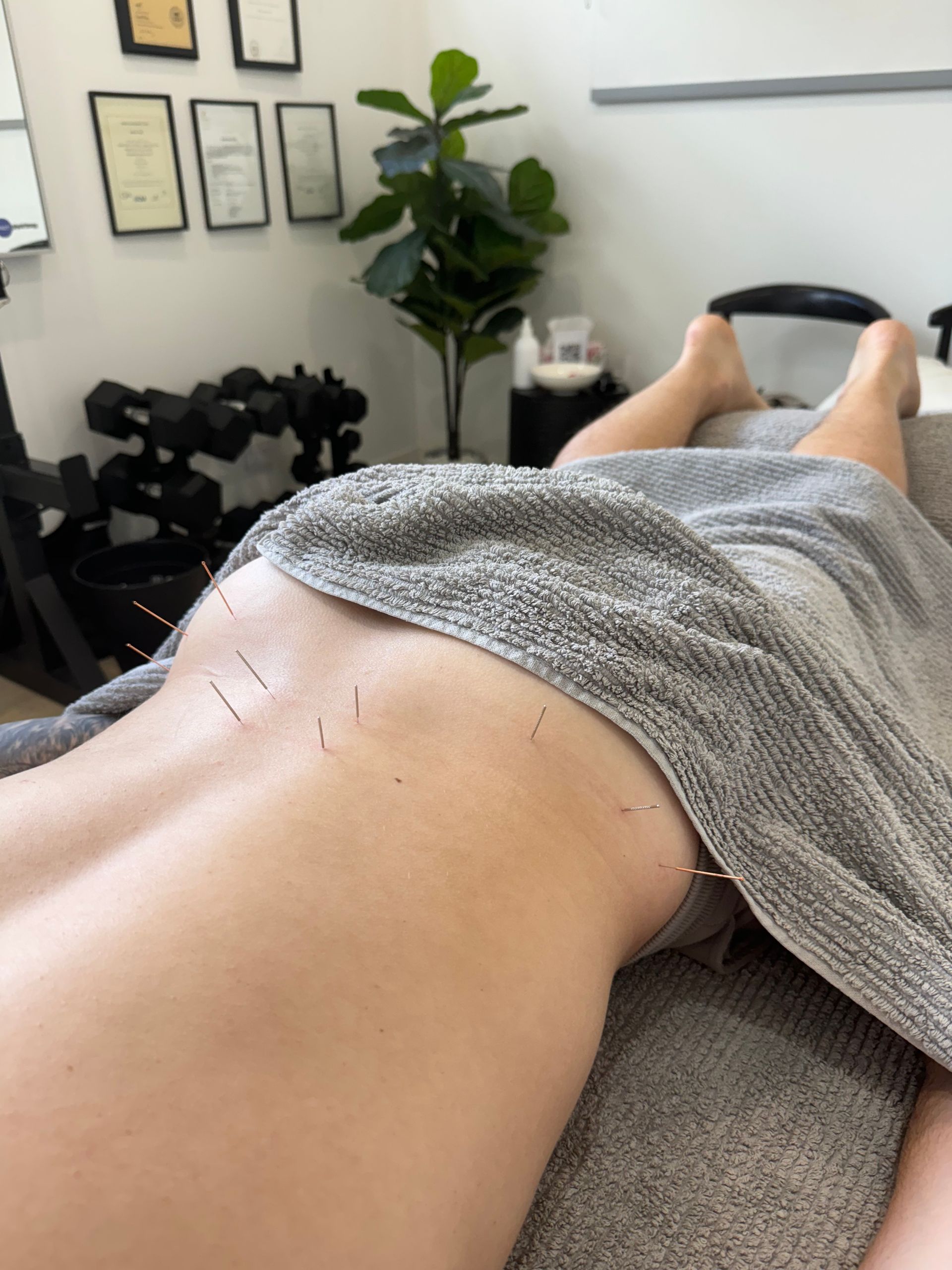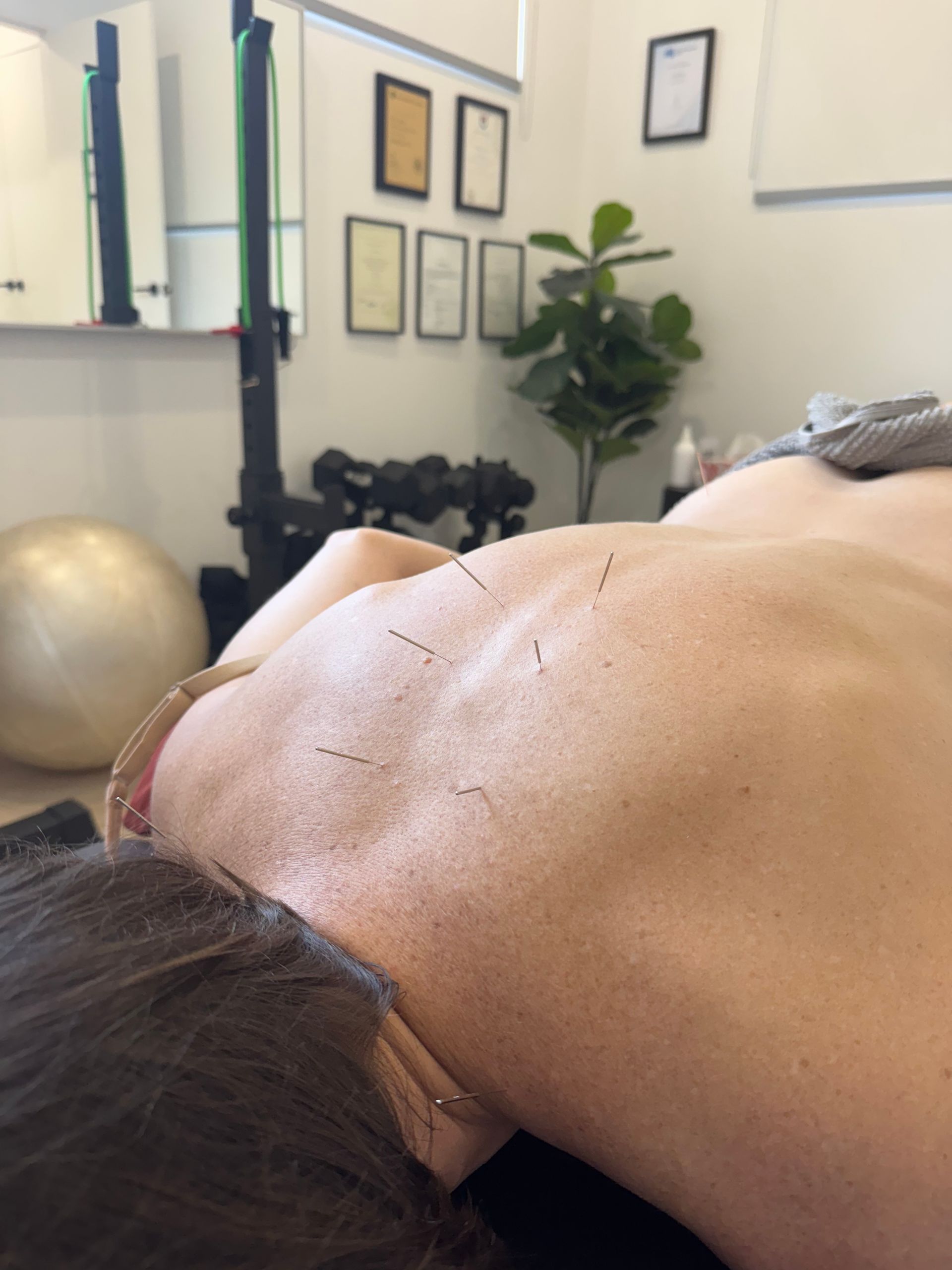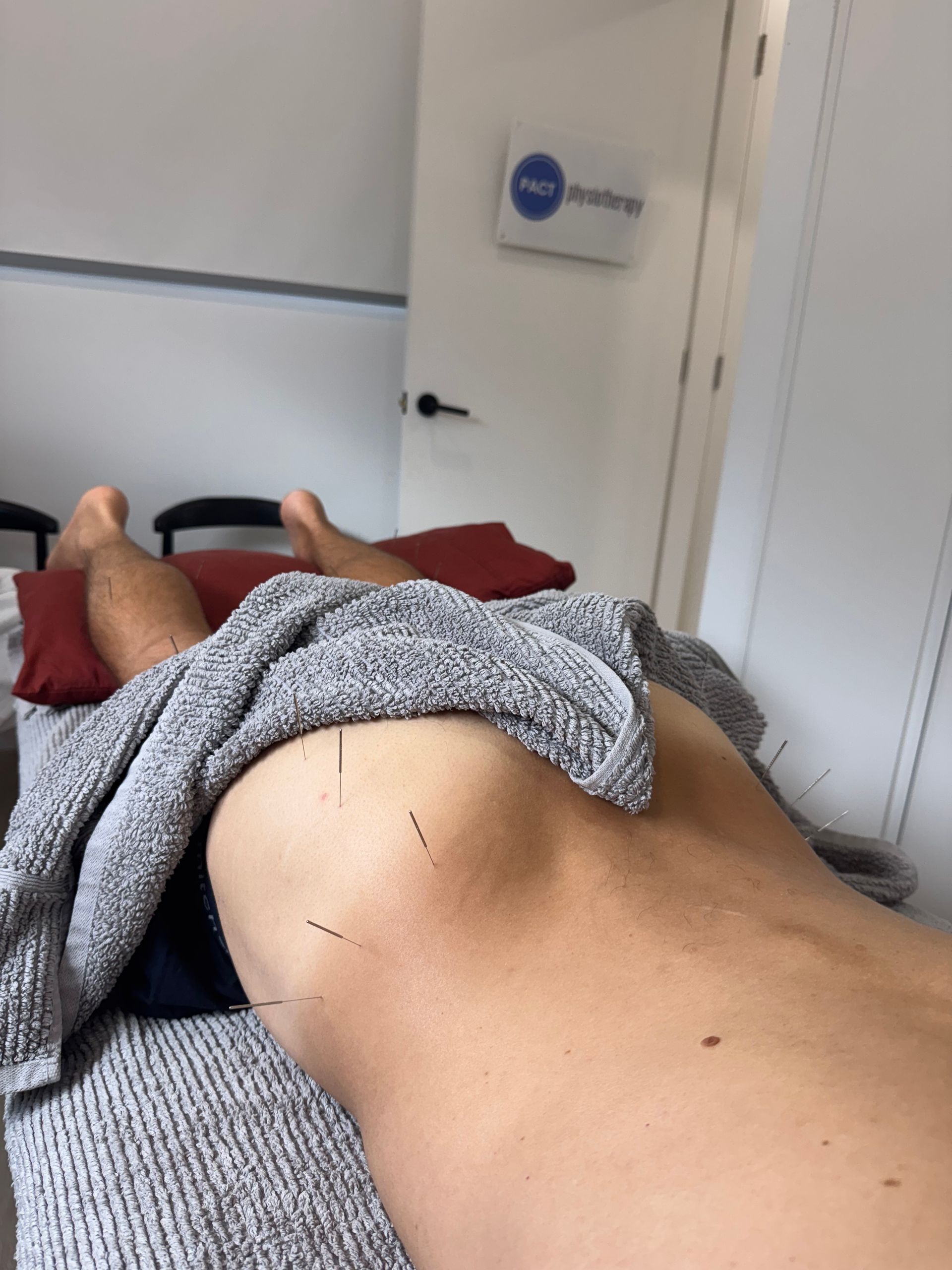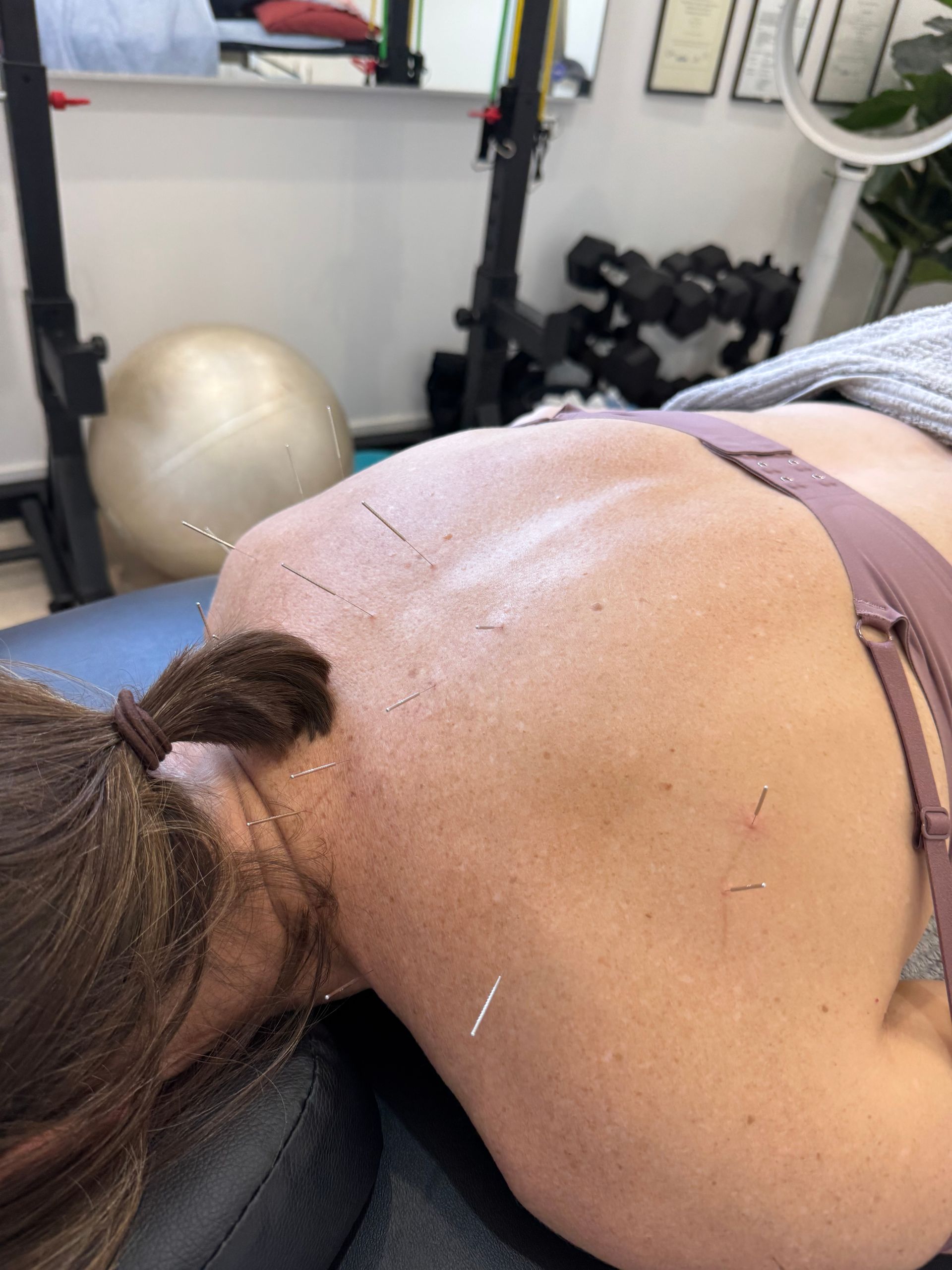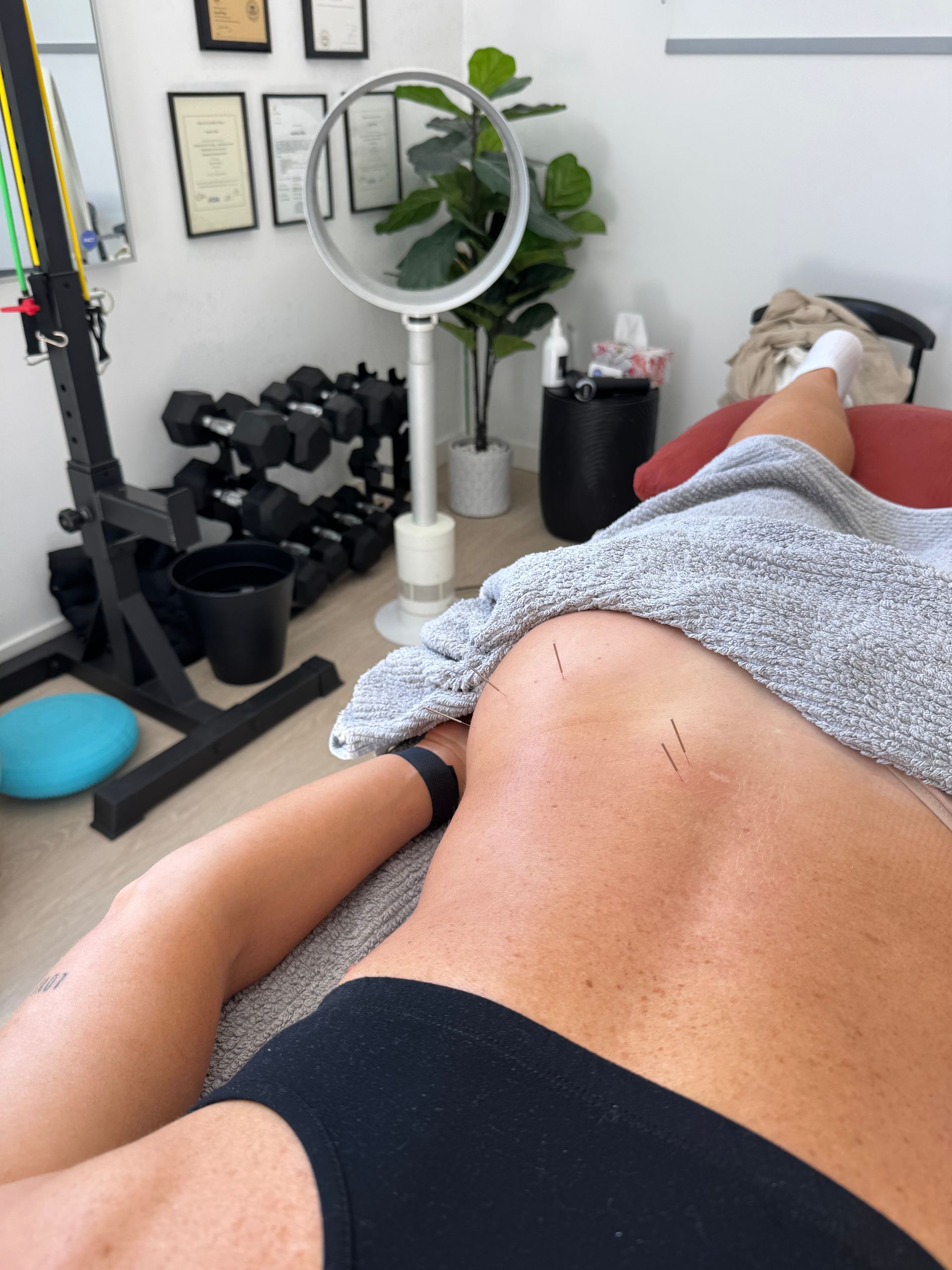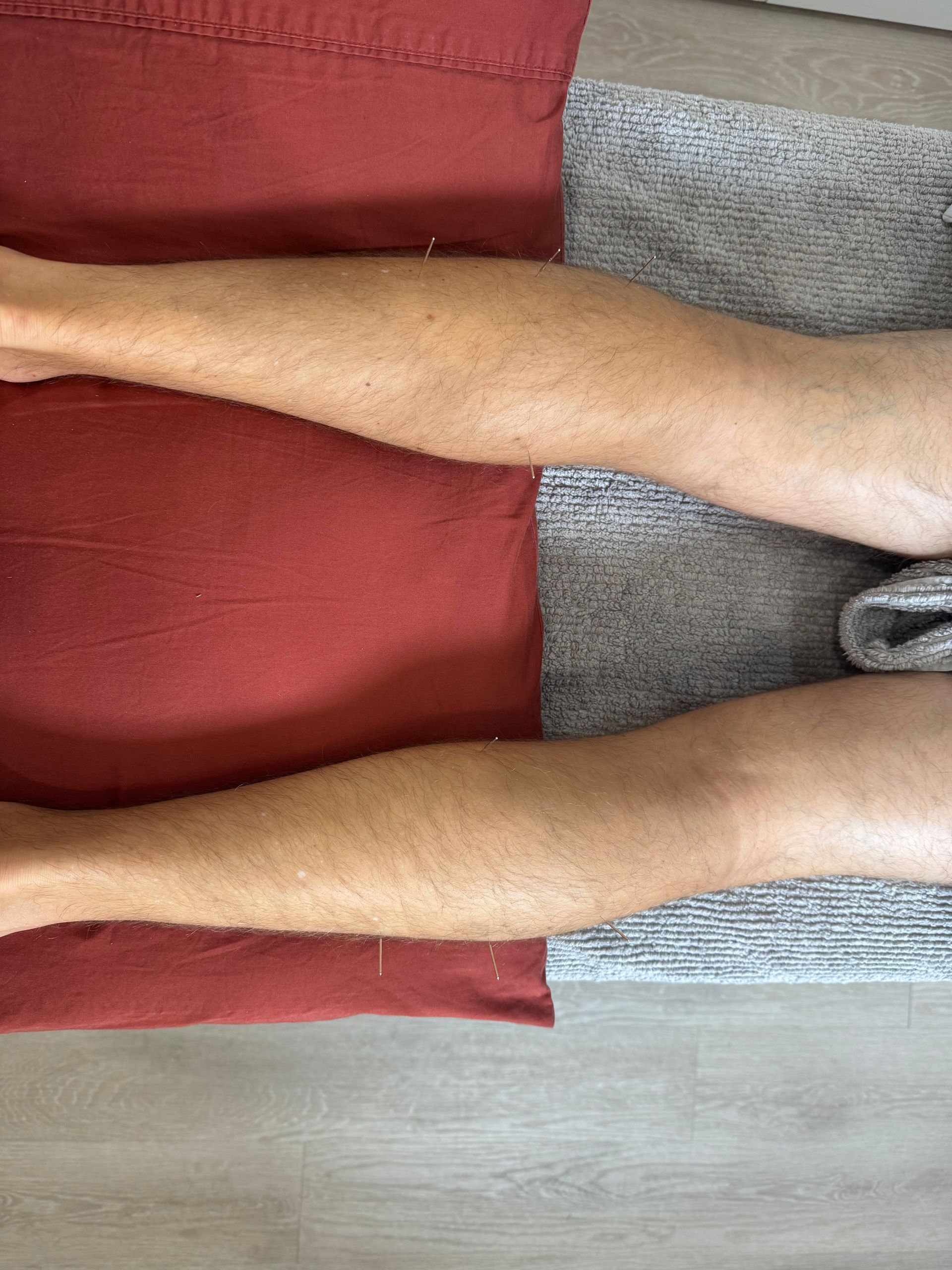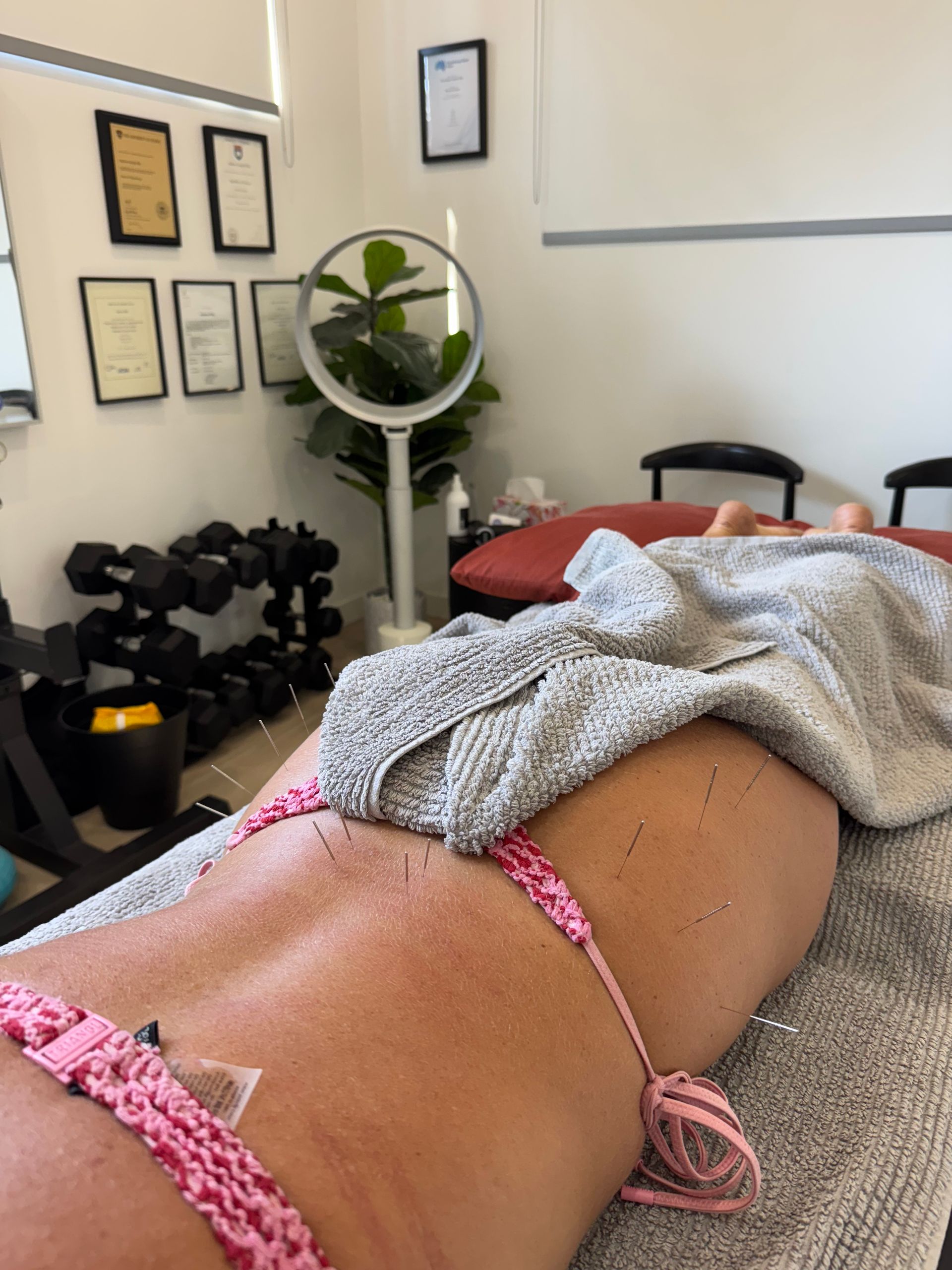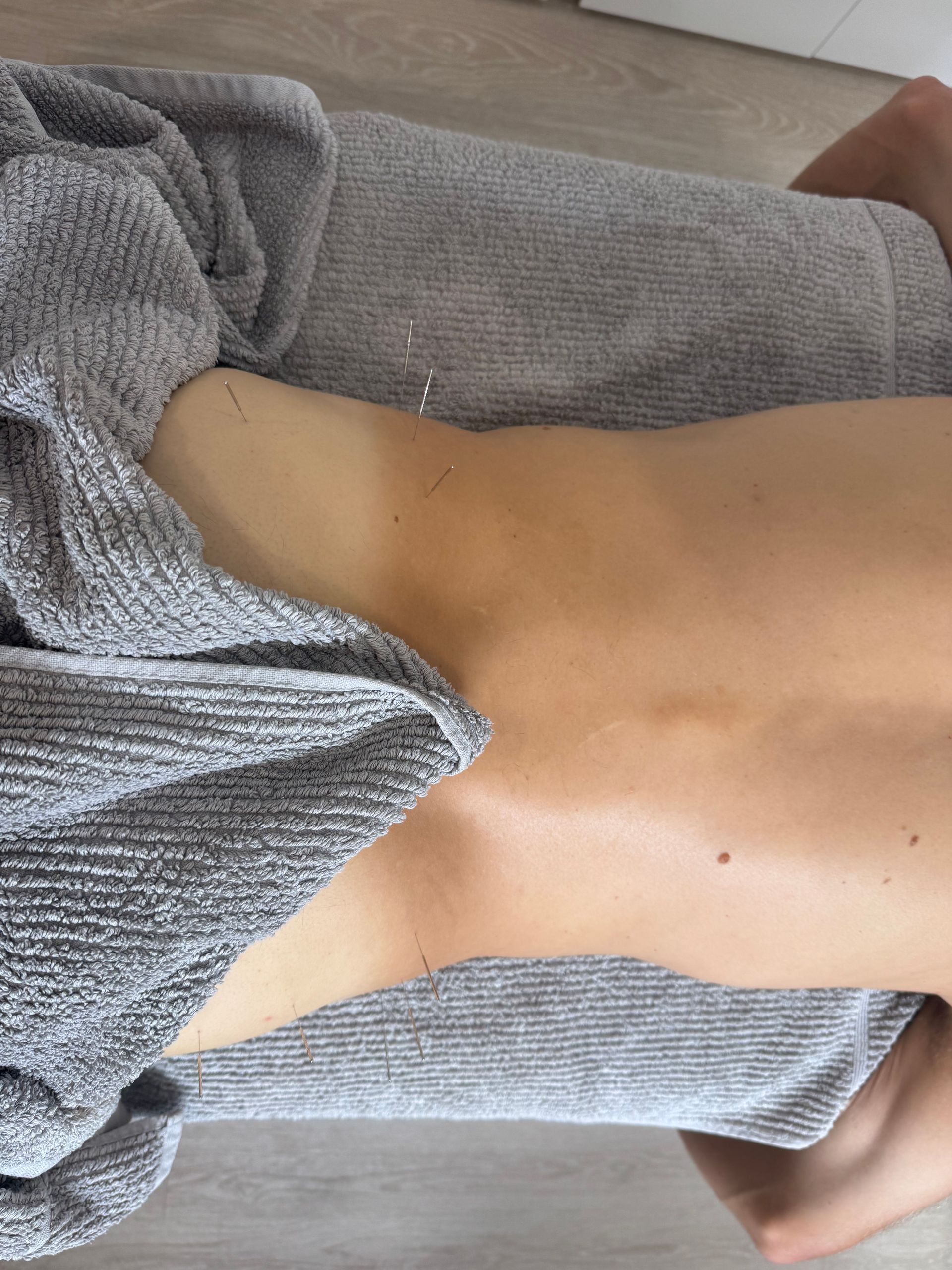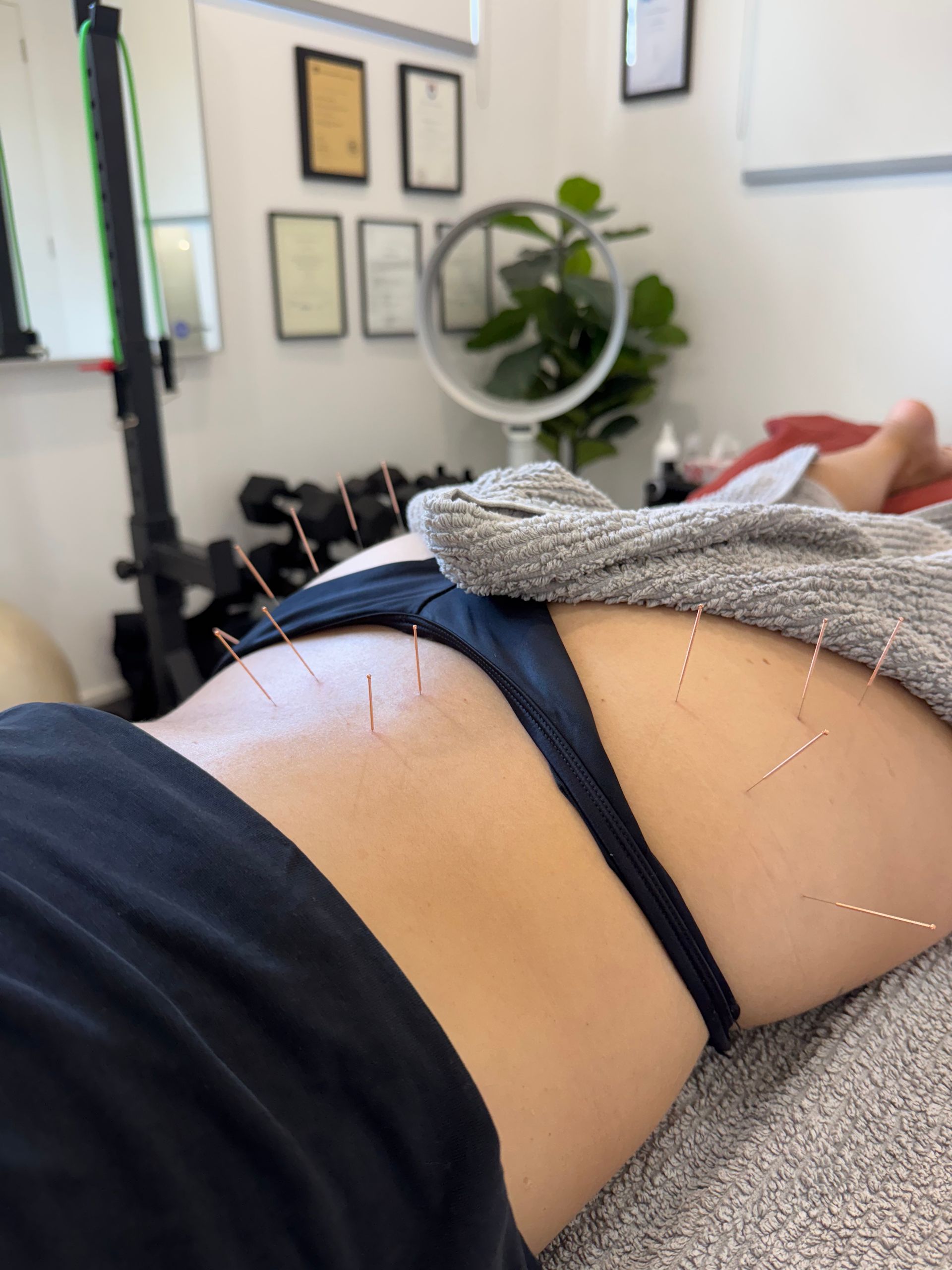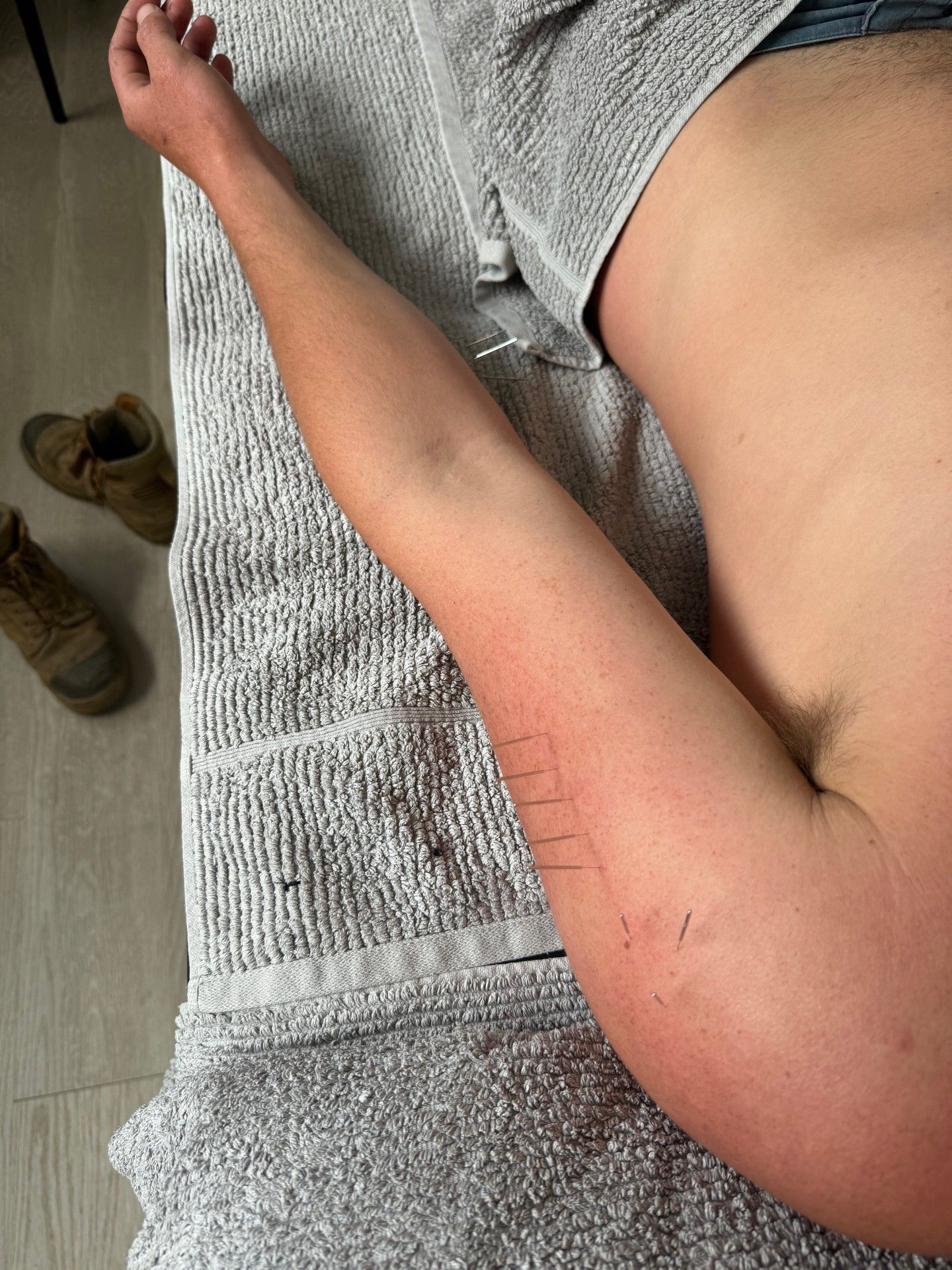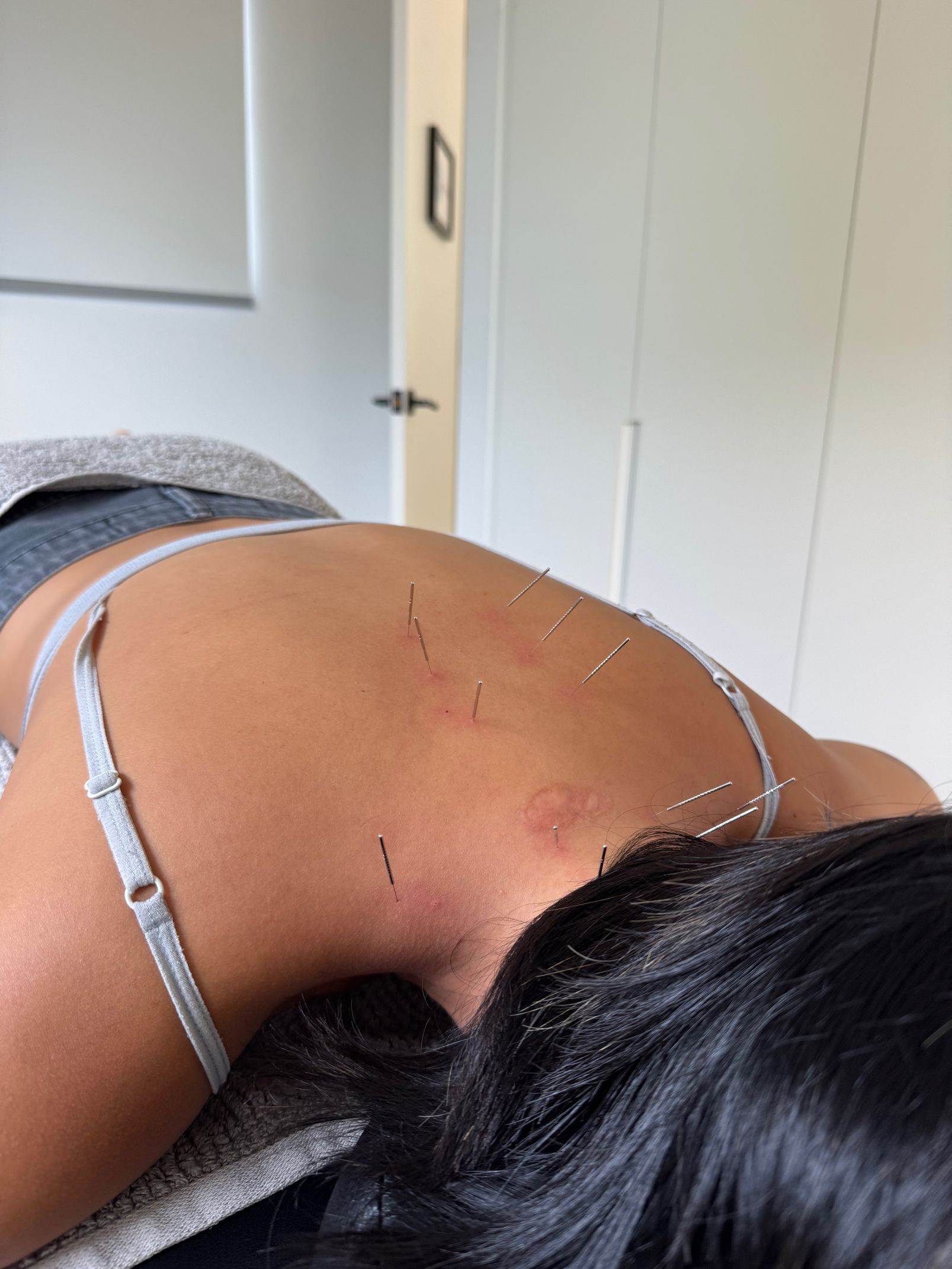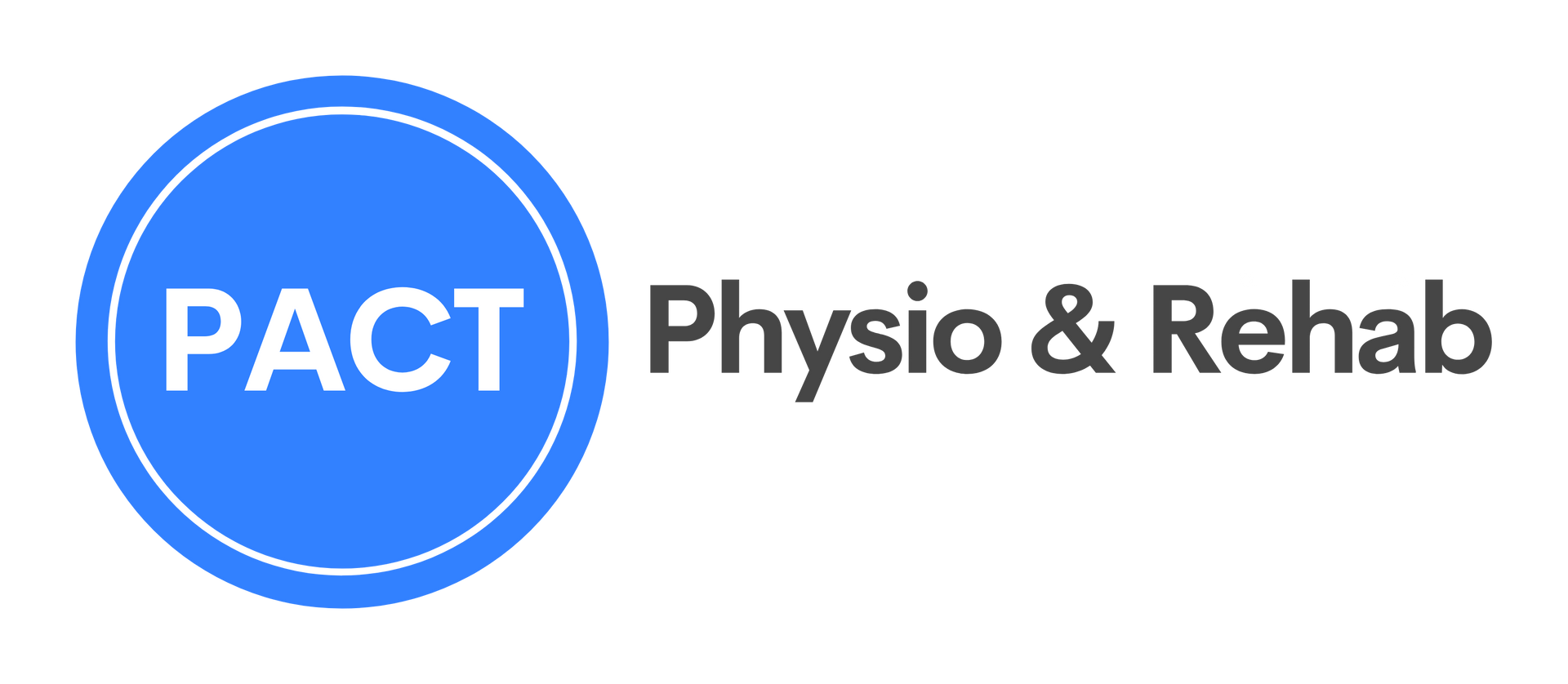
Trigger Point Dry Needling
At PACT Physio & Rehab, Miranda NSW we're expert in Trigger Point Dry Needling (TPDN). Our founder, Andrew Ellis, has over 12 years of hands-on experience in trigger point therapy and is recognised for his unmatched expertise in the field.
We support patients overcome:
- Chronic pain
- Muscle tightness
- Abnormal motor control patterns
- Deep, pathological muscular trigger points
- Poor range of motion or quality of movement
- and injuries that just won’t go away.
Who Can Benefit from Trigger Point Dry Needling?
If you're experiencing any of the following, trigger point dry needling (known also as dry needling) might help:
- Office workers with neck and shoulder tension from prolonged computer use
- Tradies with chronic lower back pain due to repetitive bending and lifting
- Drivers with sciatica or gluteal pain from long hours behind the wheel
- New mums experiencing upper back tightness from breastfeeding or holding their baby
- Nurses and carers with forearm or wrist pain related to manual handling
- People recovering from whiplash injuries post car accident (CTP claims)
- Runners or gym-goers with ITB syndrome, shin splints or calf tightness
- Headache sufferers whose pain stems from neck or upper trap trigger points
- Rotator cuff and shoulder pain patients with referred pain into the arm
- Individuals with jaw tension or TMJ dysfunction often linked to neck muscle tightness
- People with Achilles tendinopathy suffering from chronic tightness in the calves
- Tennis and golfer’s elbow sufferers dealing with forearm and elbow tension
- Plantar fasciitis patients with tight calf and foot musculature
- People recovering from shoulder surgery who experience secondary muscle tightness
- Cyclists with hip flexor and quadriceps tightness from long rides
- Manual labourers with upper trapezius and thoracic tightness due to heavy lifting
- Chronic hamstring strain sufferers with recurring posterior thigh pain
- People with scoliosis or postural imbalances leading to asymmetrical muscle loading
- Individuals with chronic knee pain where tight quads or ITB contribute to dysfunction
- People with chest or pec tightness causing shoulder or upper back restriction
We regularly treat workers compensation, CTP (motor vehicle accident), Medicare, Comcare and private patients.
Trigger Point Dry Needling vs Acupuncture
Although Trigger Point Dry Needling and acupuncture both involve the use of fine, sterile needles, they are fundamentally different in purpose, technique, and philosophy.
Trigger Point Dry Needling is rooted in modern Western medicine and is based on neurophysiology and musculoskeletal anatomy. It specifically targets myofascial trigger points—tight, irritable bands of muscle that can cause referred pain, stiffness, or restricted movement. The goal of dry needling is to deactivate these trigger points, restore normal muscle function, and relieve pain. The effect is often immediate, producing a local twitch response that helps “reset” the muscle and nervous system.
On the other hand, acupuncture originates from Traditional Chinese Medicine (TCM) and focuses on restoring the flow of energy, or “qi,” through the body’s meridians. Rather than targeting muscle knots, acupuncture aims to rebalance the body’s internal energy systems and is used for a broad range of health conditions beyond just musculoskeletal pain.
In short, dry needling is a highly targeted clinical technique used by physiotherapists to treat muscular pain and dysfunction, while acupuncture follows a more holistic, energetic model of healing. At PACT Physio & Rehab, our approach to dry needling is evidence-based and outcome-focused, designed to work in harmony with your overall rehab and return-to-health plan.
